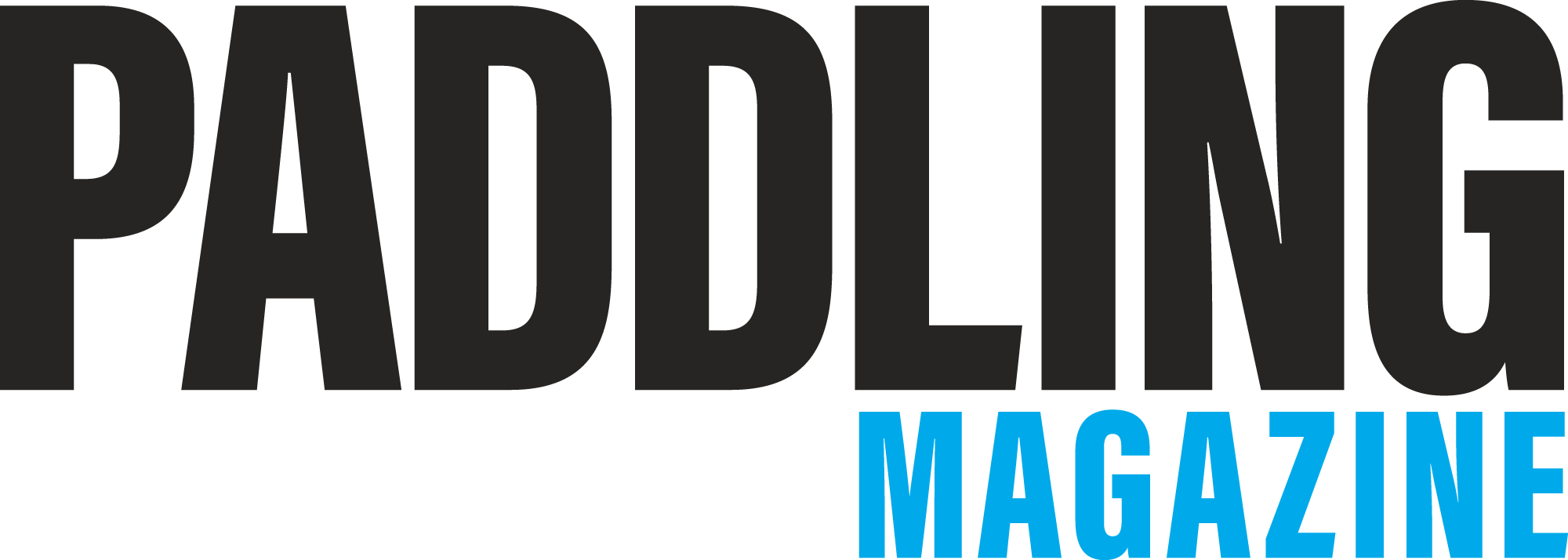What are the biggest kayaking trends in the market?
Ten years ago, folks were actively getting out on their own and wanted high-end products and longer sea kayaks. Folks these days are looking to go lighter, shorter and more versatile in their boats and boards.
Brian Henry | Co-owner, Ocean River Sports
Pedal is king [in recreational kayaks] and we are still seeing strong growth with our pedal drives. Ten years ago, paddles primarily propelled kayakers but this is no longer the case. Innovation in pedal drives and motors has provided consumers with a myriad of propulsion options.
Ryan Lilly | Brand Manager, Ocean Kayak
The trend towards less specialization will continue. In the future, there will be a shift away from even owning any paddlecraft at all and an increased focus on simply the experience. At the same time, there will be a smaller community pushing the limits and new frontiers in kayak fishing, paddleboard adventures and surf skiing.
Tim Niemier | Owner, OnWater Designs
What do kayakers want?
For sea kayakers, there is strong demand for specialized learning. Some people just want to learn how to surf, Greenland roll or paddle in rough water, and paddling schools are waking up to this fact. Over the next couple of seasons, you are going to see paddling schools start taking risks and offering more custom clinics rather than the traditional multi-day, general learning programs offered by the American Canoe Association or Paddle Canada.
David Johnston | Sea Kayak Instructor, Paddle Canada
We are seeing more families with kids on wilderness trips and offering more custom family trips in general. Most of those families are pretty adventurous, and they may be on the front line of independent family travel becoming more popular.Those kids are usually between four and 12 years old, and this bodes well for the future of planet.
Ginni Callahan | Owner, Sea Kayak Baja Mexico
The biggest shift we’ve seen on the recreational side of kayaking is the trend towards lifestyle-based purchases, focused around experiences and not materialism. Piloted by the Millennial generation, consumers want to try kayaking via an outfitter or eco-tourism service rather than make the investment in hard goods, because they may lose interest in kayaking eventually.
Andrew Stern | Marketing Manager, Aqua-Bound
A heated paddle shaft with self-generating energy from movement.
Freya Hoffmeister | Explorer
What’s the biggest challenge kayak retailers face?
We need to do more than just sell stuff. Customers these days need the full experience—a full service shop, tours, courses and shared personal experience. Retailers need to walk and paddle the talk. An online presence is also critical; 80 percent of people planning a major purchase research online. We want those people to research and shop on our site.
Brian Henry | Co-owner, Ocean River Sports
What’s not good is people in high places, far removed from the day-to-day, who drive decisions that might be good for the investors this quarter, but bad for the company long-term.
Buying online has taken over many aspects of our buying process. Big companies are shipping more product via direct sales. This means someone can get a boat delivered to their door and don’t have to get a roof rack, which can cost more than the kayak itself.
Tim Niemier | Owner, OnWater Designs
There has been an exodus of original founders and owners from paddlesports businesses in the last 10 to 15 years. That’s a good thing for the founders, who worked their butts off. Unfortunately, it means the soul of the business can leave too.
Venture capital money in the industry is a mixed blessing; it’s capital to build new products, innovate and build inventory so we can actually get product in season. What’s not good is people in high places, far removed from the day-to-day, who drive decisions that might be good for the investors this quarter, but bad for the company long-term.
Darren Bush | Owner, Rutabaga
Who can improve kayaking safety?
There is a weird public perception that if you paddle a traditional 16-foot sea kayak then it’s important to go and get proper training, since it seems dangerous. However, if you paddle a recreational kayak, you are just paddling around on the local pond and thus it’s a much safer activity and doesn’t require any training. I believe the paddlesports industry is partially to blame for this misconception.
If you look at how training is promoted to the public by the media or paddling schools, you rarely, if ever, see imagery of people taking a class in a recreational boat or a sit-on-top kayak. Even if you look at the calendar of training opportunities or courses offered by most paddling schools, there is never an introduction to sit-on-top kayaking and if there is, it’s a token evening clinic.
Of course, paddling school owners will tell you those who own recreational kayaks don’t sign-up for training. While that’s true to an extent, new paddlers don’t know what they don’t know and this needs to be specifically encouraged to get the proper training before heading out on the water.
David Johnston | Sea Kayak Instructor, Paddle Canada
It is no secret specialty retailers are challenged by distribution issues and the continued availability of kayak-like objects in non-traditional retailers.
I saw a pile of kayaks stacked in the lumber yard next to corrugated steel pipes. I guess they fit in the storage area nicely. You can go almost anywhere and get something that floats, and the general population isn’t aware there’s a difference. Most people know a bike from Walmart isn’t going to be as high a quality as one from a legit bike shop, but it’ll do. Thing is, no one dies on a cheap bike, they just have a poorer experience, or they don’t even notice.
Darren Bush | Owner, Rutabaga
What’s the next big innovation?
A decade ago, kayaking was all about long boats, tight spray skirts, bold suit colors and heavy paddles. Today, kayaking is no longer one sport dominated by men with the Napoleon complex, but rather a multitude of sports where everyone is welcome and experimentation is encouraged. These paddlers are kayak anglers, whitewater boaters, cabin-owning recreational kayakers, packrafters, surf skiers, foldable kayakers, and so much more. None of these paddlers are remotely similar. I think this movement towards diversification will continue to burgeon over the next decade.
Andrew Stern | Marketing Manager, Aqua-Bound
In the next 10 years, technology will continue its incursion into kayaking. Self-driving cars will make shuttles a breeze. Sea kayak decks will be touch screens containing charts and tide data and powered by solar panels infused into the gelcoat.
I think the market will continue to innovate over the next several of years, pioneering new materials to deliver lighter products.
Ryan Lilly | Brand Manager, Ocean Kayak
Here in Loreto, Mexico, kayaking is one of the big mainstays for the winter economy. We’ve worked at developing local capacity. Rather than just giving a guide a job, we want to teach someone how to do everything in the business—from publicity to registrations to guiding. Of course, this person adds their own way of doing things. When we use our past experience to share these fundamentals, residents are less dependent on a foreign company to run tourism businesses.This affects conservation and standard of living, since kayaking pays more than fishing ever did.
Ginni Callahan | Owner, Sea Kayak Baja Mexico
In the next 10 years, technology will continue its incursion into kayaking. Self-driving cars will make shuttles a breeze. Sea kayak decks will be touch screens containing charts and tide data and powered by solar panels infused into the gelcoat. Paddles will be like Fitbits, telling you when to up your stroke rate.
Amidst all these innovations, a small band of kayakers will flee to an island off the west coast of British Columbia, where they’ll outlaw beeping devices and paddle NDK Romanys, which will remain as unchanged as ever. Eventually, they well secede and form their own country, use hatch covers as currency and read this magazine in print instead of online. I will be one of them.
Neil Schulman | Conservationist and Sea Kayaking Instructor










Does Darren Bush refer to Hobie?
It fits like a glove.